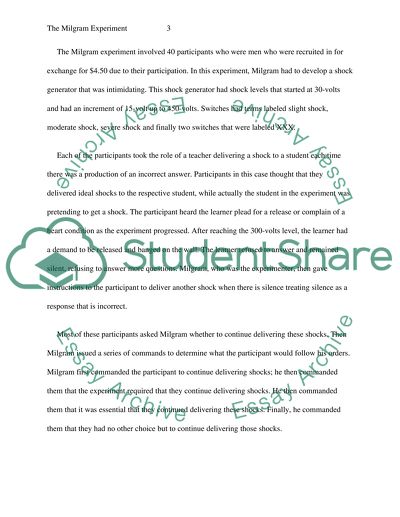Cite this document
(“The Milgram Experiment Research Paper Example | Topics and Well Written Essays - 1000 words”, n.d.)
The Milgram Experiment Research Paper Example | Topics and Well Written Essays - 1000 words. Retrieved from https://studentshare.org/information-technology/1436805-the-milgram-experiment
The Milgram Experiment Research Paper Example | Topics and Well Written Essays - 1000 words. Retrieved from https://studentshare.org/information-technology/1436805-the-milgram-experiment
(The Milgram Experiment Research Paper Example | Topics and Well Written Essays - 1000 Words)
The Milgram Experiment Research Paper Example | Topics and Well Written Essays - 1000 Words. https://studentshare.org/information-technology/1436805-the-milgram-experiment.
The Milgram Experiment Research Paper Example | Topics and Well Written Essays - 1000 Words. https://studentshare.org/information-technology/1436805-the-milgram-experiment.
“The Milgram Experiment Research Paper Example | Topics and Well Written Essays - 1000 Words”, n.d. https://studentshare.org/information-technology/1436805-the-milgram-experiment.


